Sonus Paradisi
Kiedrich, c. 1500 [Obra Principal]
Kiedrich, c. 1500 [Obra Principal]
Não foi possível carregar a disponibilidade de recolha
Kiedrich - o "mais antigo órgão" da Alemanha
O instrumento na igreja de São Valentim e Dionísio em Kiedrich tem a reputação de ser o órgão tocável mais antigo da Alemanha. Embora isso possa não ser exatamente correto, o órgão é certamente um dos mais antigos da Alemanha, e contém elementos que datam de cerca de 1500.
O órgão foi reconstruído por Johann Kirchner em 1652 e posteriormente alterado várias vezes. A restauração feita no século XIX é notável, porque é tão diferente das realizadas em muitos outros órgãos históricos naquela época. Quando o Barão John Sutton descobriu este instrumento, ele ficou cativado pela sua origem gótica e forneceu o dinheiro para "restaurar" o instrumento ao seu estado de 1500.
O positiv está escondido atrás do corpo principal do órgão na torre da igreja, soando assim como um órgão de eco, e o pedal moderno também está oculto na torre da igreja atrás do corpo do órgão.
Os elementos góticos e neo-góticos misturam-se excepcionalmente bem nesta igreja em particular. O visitante fica verdadeiramente espantado com a atmosfera da igreja ao entrar no edifício. A ausência do O barroco eclesiástico, que é tão comum em outros lugares, torna esta igreja e o seu órgão absolutamente extraordinários.
Apresentado a você pelo Leonart Studio, seu revendedor autorizado para Sonus Paradisi na Suíça (enviado internacionalmente). Obtenha seus órgãos históricos amostrados digitalmente para uso com o software de instrumento virtual Hauptwerk.
Partilhe este Conjunto de Amostras
![Kiedrich, c. 1500 [Obra Principal]](http://artful.shop/cdn/shop/files/ss_kiedrich1.jpg?v=1692994569&width=1445)
![Kiedrich, c. 1500 [Obra Principal]](http://artful.shop/cdn/shop/files/ss_kiedrich2.jpg?v=1692994518&width=1445)
![Kiedrich, c. 1500 [Obra Principal]](http://artful.shop/cdn/shop/files/ss_kiedrich3.jpg?v=1692994519&width=1445)
![Kiedrich, c. 1500 [Obra Principal]](http://artful.shop/cdn/shop/files/ss_kiedrich4.jpg?v=1692994519&width=1445)
![Kiedrich, c. 1500 [Obra Principal]](http://artful.shop/cdn/shop/files/ss_kiedrich5.jpg?v=1692994519&width=1445)
![Kiedrich, c. 1500 [Obra Principal]](http://artful.shop/cdn/shop/files/ss_kiedrich6.jpg?v=1692994519&width=1445)
![Kiedrich, c. 1500 [Obra Principal]](http://artful.shop/cdn/shop/files/ss_kiedrich11_2a1ec663-1de6-4804-9955-ecb76634c4fc.jpg?v=1692994518&width=1445)
Especificação (lista de paragem)
-
Manual I
C–c3
Gedact 8′
Flauta 4′
Octava 4′
Flauta de bosque 2′
Quinta 1 1/2′
Sup. Octava 1′ -
Manual II
C–c3
Gr. Gedact 16′
Principal 8′
Flöt. Gedact 4′
Octav 4′
Quint 3′
Sup. Octav 2′
Mixtur 4 f.
Cymbal 2 f. -
Manual III
-
-
Manual IV
-
-
Pedal
C–e0 [–c1 ext.]
Subbass 16′
Principal 8′
Dopp. Quint 6′
Octava 4′
Quint 3′
Sup. Octava 2′
Mixtura 4 f. -
Outras especificações
Acopladores:
Normal: I/II.
Acessórios:
Tremulante para todo o instrumento.
História
Kiedrich - o "órgão mais antigo" da Alemanha
O instrumento na igreja de São Valentim e Dionísio em Kiedrich tem a reputação de ser o órgão tocável mais antigo da Alemanha. Embora isso possa não ser exatamente correto, o órgão é certamente um dos mais antigos da Alemanha, e contém elementos que datam de cerca de 1500.
O órgão foi reconstruído por Johann Kirchner em 1652 e posteriormente alterado várias vezes. No contrato para reparar o órgão em 1710, o Positif de 6 registos é mencionado pela primeira vez, embora presumivelmente já tivesse sido adicionado por Kirchner. O pedal independente foi adicionado provavelmente em 1722. A restauração realizada no século XIX é notável, porque é tão diferente daquelas realizadas em muitos outros órgãos históricos na época. Quando o Barão John Sutton descobriu este instrumento em uma de suas viagens pela Europa, ele ficou cativado por sua origem gótica e forneceu o dinheiro para "restaurar" o instrumento ao seu estado de 1500 (pelo menos de acordo com as percepções românticas e o historicismo da metade do século XIX). A parte instrumental foi restaurada por Louis Benoit Hooghuys, e o caixa (incluindo as asas laterais pintadas) foi restaurado por August Martin de Fürth.
A última restauração por Kuhn (1985-1987) preservou o estado alcançado pela restauração anterior de John Sutton, enfatizando o Hauptwerk gótico do órgão como um órgão de um único teclado.
O positiv está escondido atrás do caixa principal do órgão na torre da igreja, soando assim como um órgão de eco, e o pedal moderno também está oculto na torre da igreja atrás do caixa do órgão.
Os elementos góticos e neogóticos se misturam excepcionalmente bem nesta igreja em particular. O visitante fica verdadeiramente impressionado com a atmosfera da igreja ao entrar no edifício. A ausência do barroco eclesiástico, que é tão comum em outros lugares, torna esta igreja e seu órgão absolutamente extraordinários.
Agradecimentos especiais a Timo Ziesche por sua gentil assistência durante as sessões de gravação.
Leitura adicional: Die Orgel von Kiedrich: Geschichte und Restaurierung der gothischen Orgel der Pfarrkirche St. Valentin und Dionysius zu Kiedrich im Rheingau, por Friedrich Jakob, Männedorf, 1989, 128 páginas.
Mais detalhes online: http://www.musiqueorguequebec.ca/orgues/allemagne/kiedrichsv.html
Características
As amostras são oferecidas em resolução de 48kHz/24bit. As múltiplas versões têm três níveis: curto, médio e longo. Hauptwerk v4.2 e superior suportados. O conjunto de amostras é oferecido em formato de onda simples (não criptografado). A versão avançada do Hauptwerk é necessária para executar o surround completo. Hauptwerk v.4.2 e superior suportados.
Reverberação
O tempo de reverberação é de cerca de 3 segundos.
Temperamento
A afinação original do órgão é quarter comma meantone.
Teclados, pedaleira
O compasso original dos teclados é de 45 teclas (C - c3), oitavas inferiores curtas. O compasso original da divisão do pedal é de 17 teclas (C - e0, baixo C# ausente).
O compasso é estendido em um ODF dedicado: manuais 49 teclas (4 oitavas completas), pedal 25 teclas (duas oitavas completas).
Tremulantes
Todas as fileiras foram gravadas com e sem tremulantes para o comportamento de tremulante mais convincente. No entanto, carregar fileiras tremuladas consome uma grande quantidade de RAM. É possível selecionar usar o tremulante artificial em vez disso para economizar RAM (o interruptor está localizado na aba do mixer).
Formato Surround
O conjunto de amostras é oferecido na variante Surround (6 canais). Além do habitual surround de 4 canais, há mais dois canais frontais alternativos. No total, há 4 canais de áudio frontais e 2 canais traseiros. Os dois pares das fileiras frontais apresentam duas posições de gravação diferentes: direta (perto dos tubos) e difusa (distante do instrumento). Esses dois pares das fileiras frontais podem ser misturados livremente para alcançar qualquer posição de escuta entre os dois extremos, ou usados separadamente - dependendo das preferências do usuário. Uma "mesa de mistura" dedicada está disponível no Hauptwerk para misturar o som ao nível desejado.
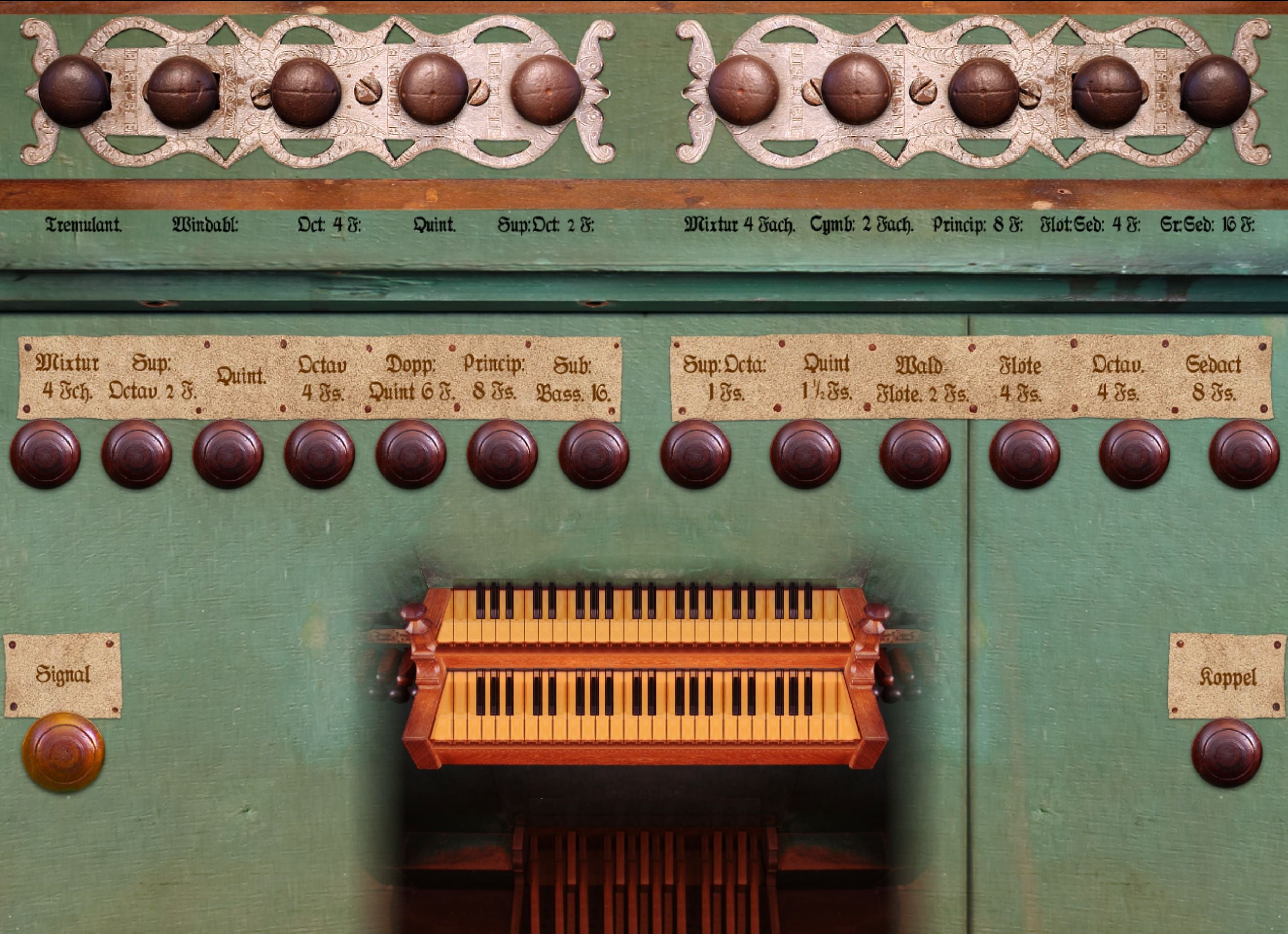
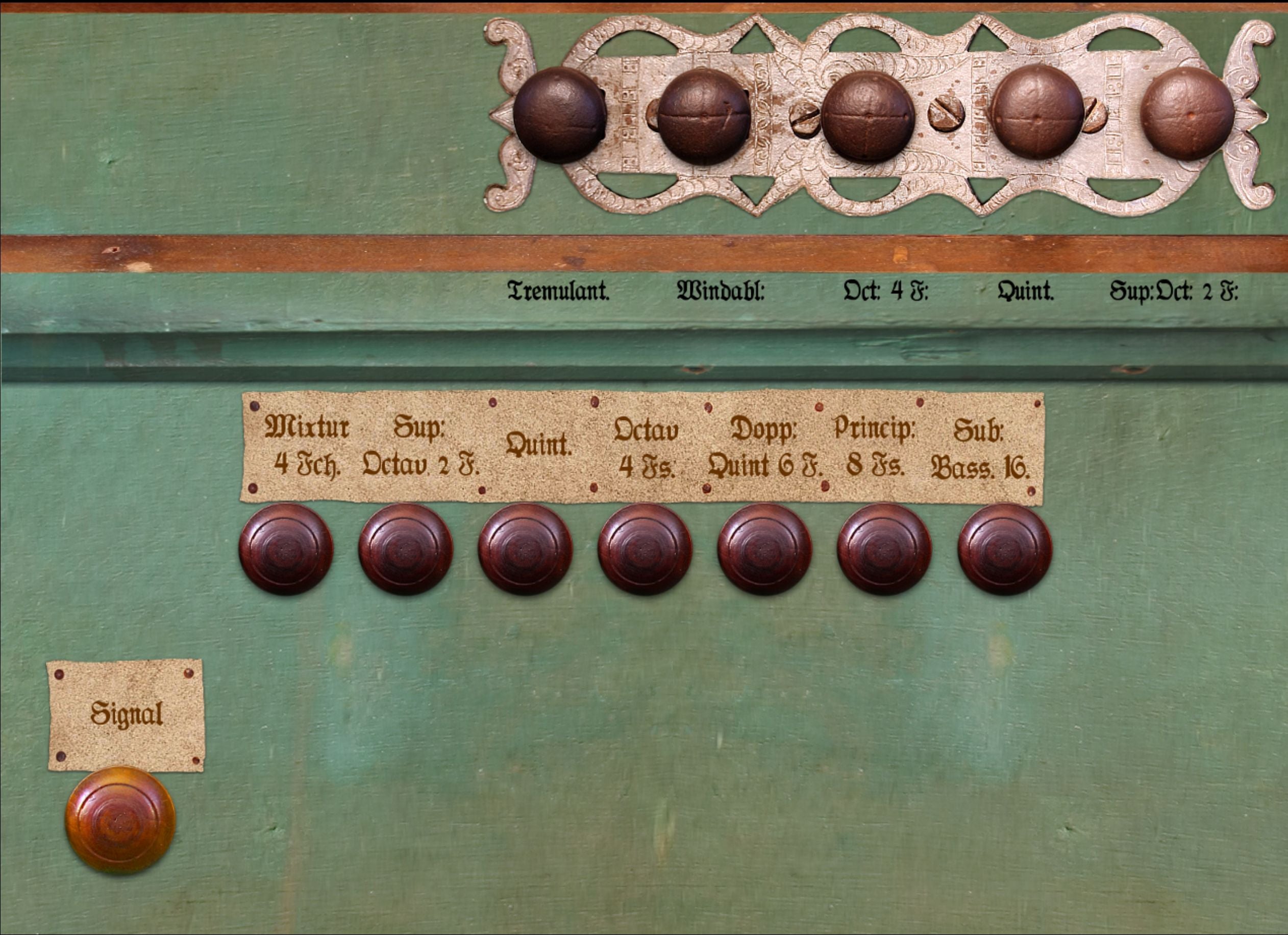

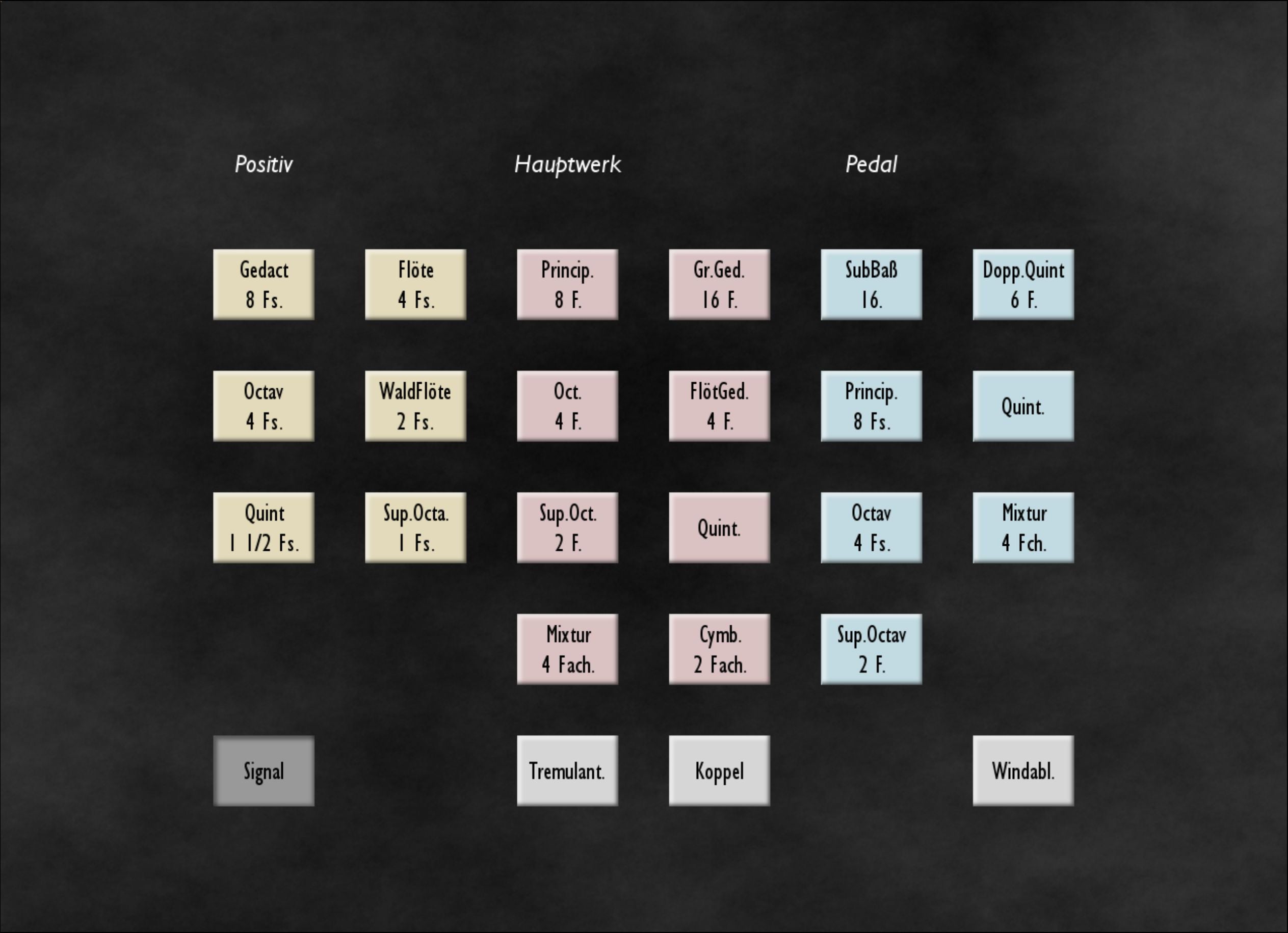
Requisitos
A versão avançada do Hauptwerk é necessária para executar o surround completo. Hauptwerk v.4.2 e superior suportado.
Consumo de RAM: surround de 6 canais
16 bits, outras configurações padrão: 10,5 GB
20 bits, outras configurações padrão: 16,9 GB (recomendado)
24 bits, outras configurações padrão: 19,1 GB
Resolução de tela 1280x1024 px ou mais.
Polifonia de 3000 vozes recomendada para o surround completo.
Este Conjunto de Amostras Hauptwerk é apresentado a você por Leonart Studio, um revendedor autorizado do fabricante Sonus Paradisi na Suíça (envios internacionais). Aproveite esta biblioteca de órgãos digitalmente amostrada para uso com o software Hauptwerk e comece a expandir sua coleção de órgãos históricos hoje.
Mais Conjuntos de Amostras Hauptwerk
-
Casavant, 1995 [Obra Principal]
Fornecedor:Sonus ParadisiPreço normal CHF 174.90Preço normalPreço unitário / por -
Bückeburg, 1997 [Obra Principal]
Fornecedor:Sonus ParadisiPreço normal A partir de CHF 1.10Preço normalPreço unitário / por -
Schwerin, Dom, Ladegast Organ 1871 [Hauptwerk]
Fornecedor:Sonus ParadisiPreço normal CHF 616.00Preço normalPreço unitário / por -
Segóvia, 1772 [Obra Principal]
Fornecedor:Sonus ParadisiPreço normal CHF 317.90Preço normalPreço unitário / por -
Reuter, 1928 [Obra Principal]
Fornecedor:Sonus ParadisiPreço normal CHF 473.00Preço normalPreço unitário / por -
![Roterdão Hoofdorgel, 1973 [Hauptwerk]](//artful.shop/cdn/shop/files/ss_RotterdamMain1.jpg?v=1693279529&width=533) Em promoção
Em promoçãoRoterdão Hoofdorgel, 1973 [Hauptwerk]
Fornecedor:Sonus ParadisiPreço normal A partir de CHF 330.00Preço normalPreço unitário / porCHF 958.10Preço de saldo A partir de CHF 330.00Em promoção -
![Groningen, 1450-1740 [Obra Principal]](//artful.shop/cdn/shop/files/ss_Groningen1.jpg?v=1693275425&width=533) Em promoção
Em promoçãoGroningen, 1450-1740 [Obra Principal]
Fornecedor:Sonus ParadisiPreço normal A partir de CHF 658.90Preço normalPreço unitário / porCHF 1,681.90Preço de saldo A partir de CHF 658.90Em promoção -
![Frankfurt a.d. Oder, 1975 [Obra Principal]](//artful.shop/cdn/shop/files/ss_frankfurtoder1.jpg?v=1692974219&width=533) Em promoção
Em promoçãoFrankfurt a.d. Oder, 1975 [Obra Principal]
Fornecedor:Sonus ParadisiPreço normal A partir de CHF 220.00Preço normalPreço unitário / porCHF 550.00Preço de saldo A partir de CHF 220.00Em promoção -
Piacenza, 1838 [Obra Principal]
Fornecedor:Sonus ParadisiPreço normal CHF 330.00Preço normalPreço unitário / por -
Lüdingworth, 1683 [Obra Principal]
Fornecedor:Sonus ParadisiPreço normal CHF 330.00Preço normalPreço unitário / por

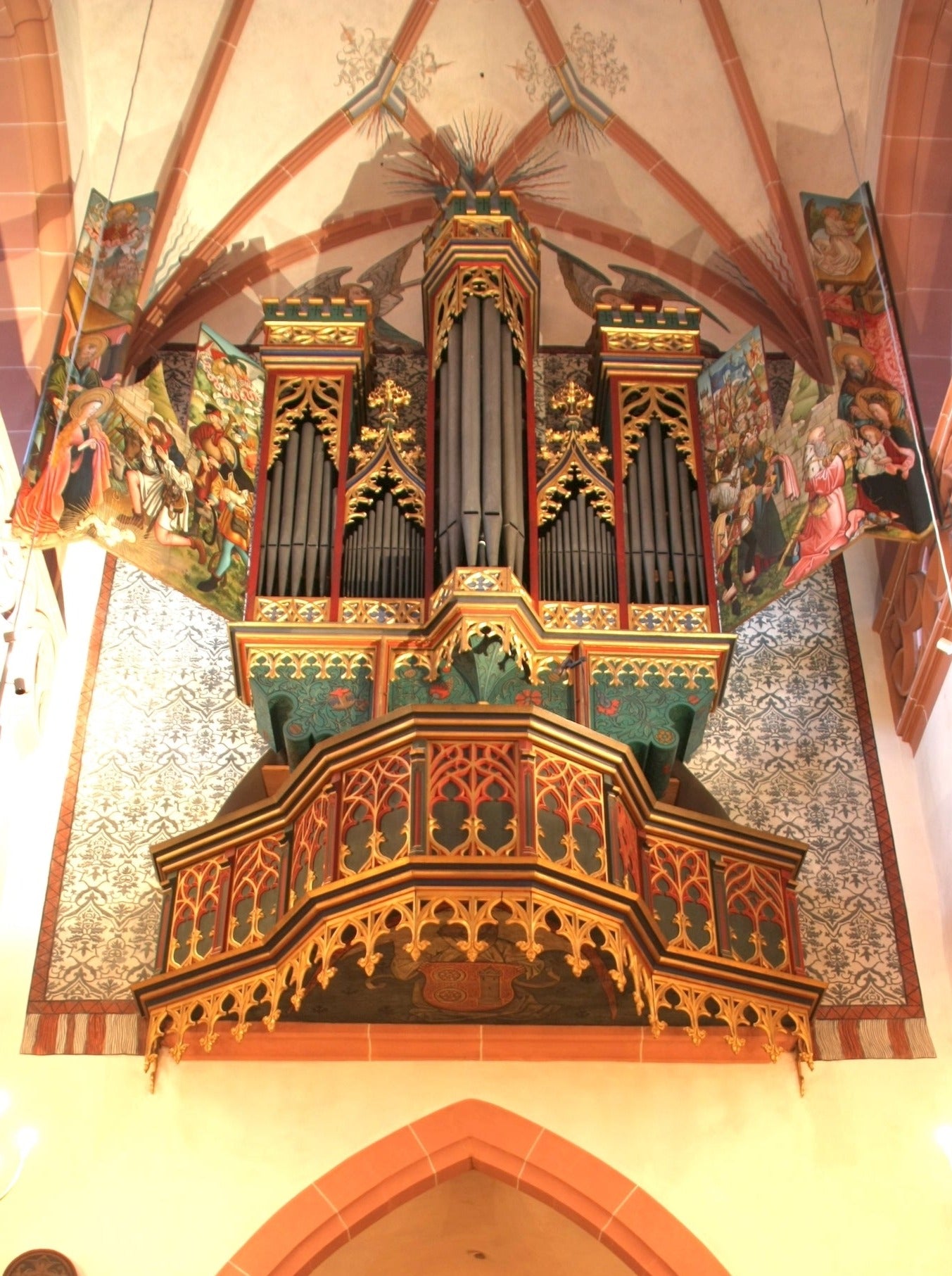
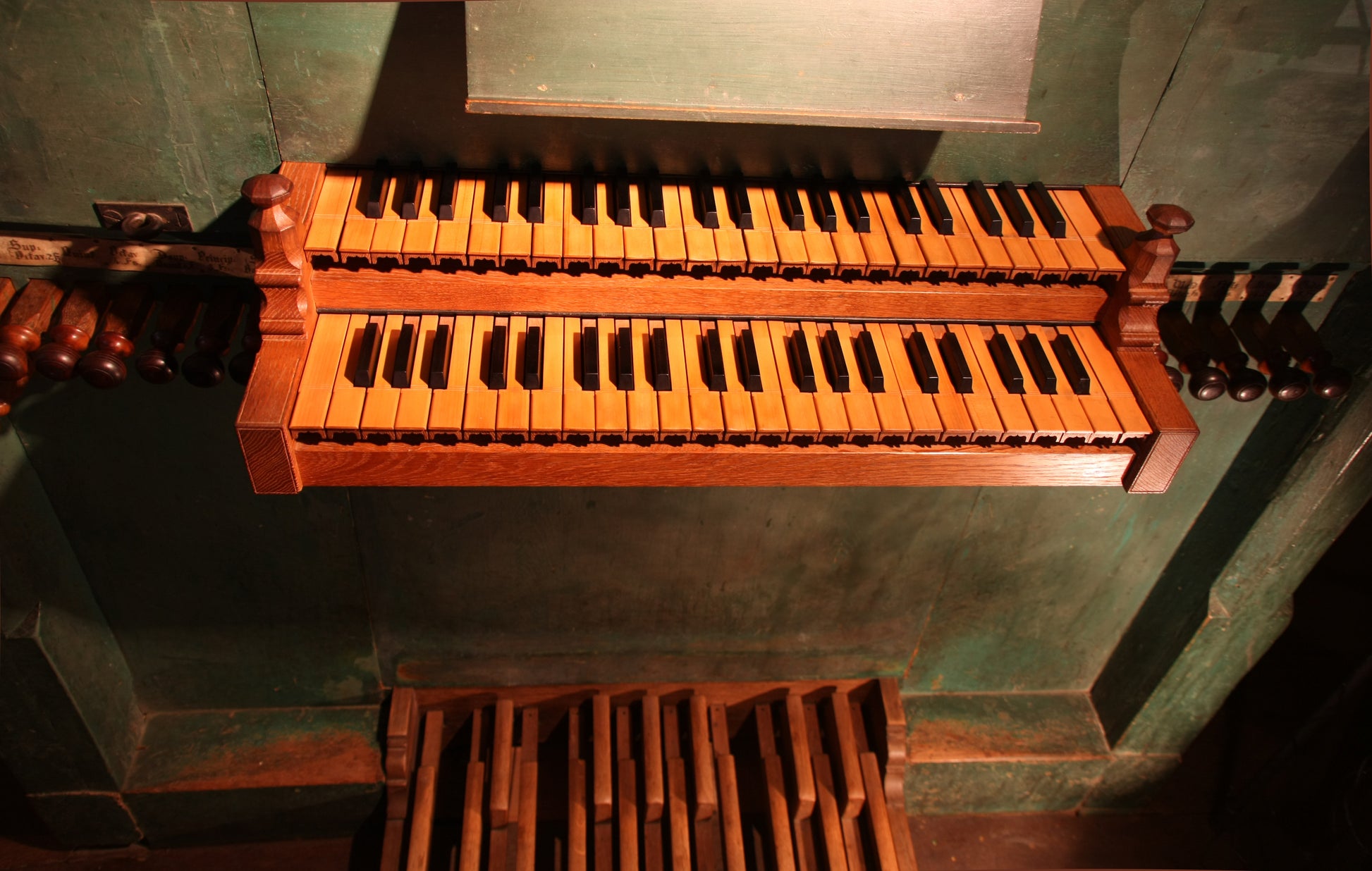
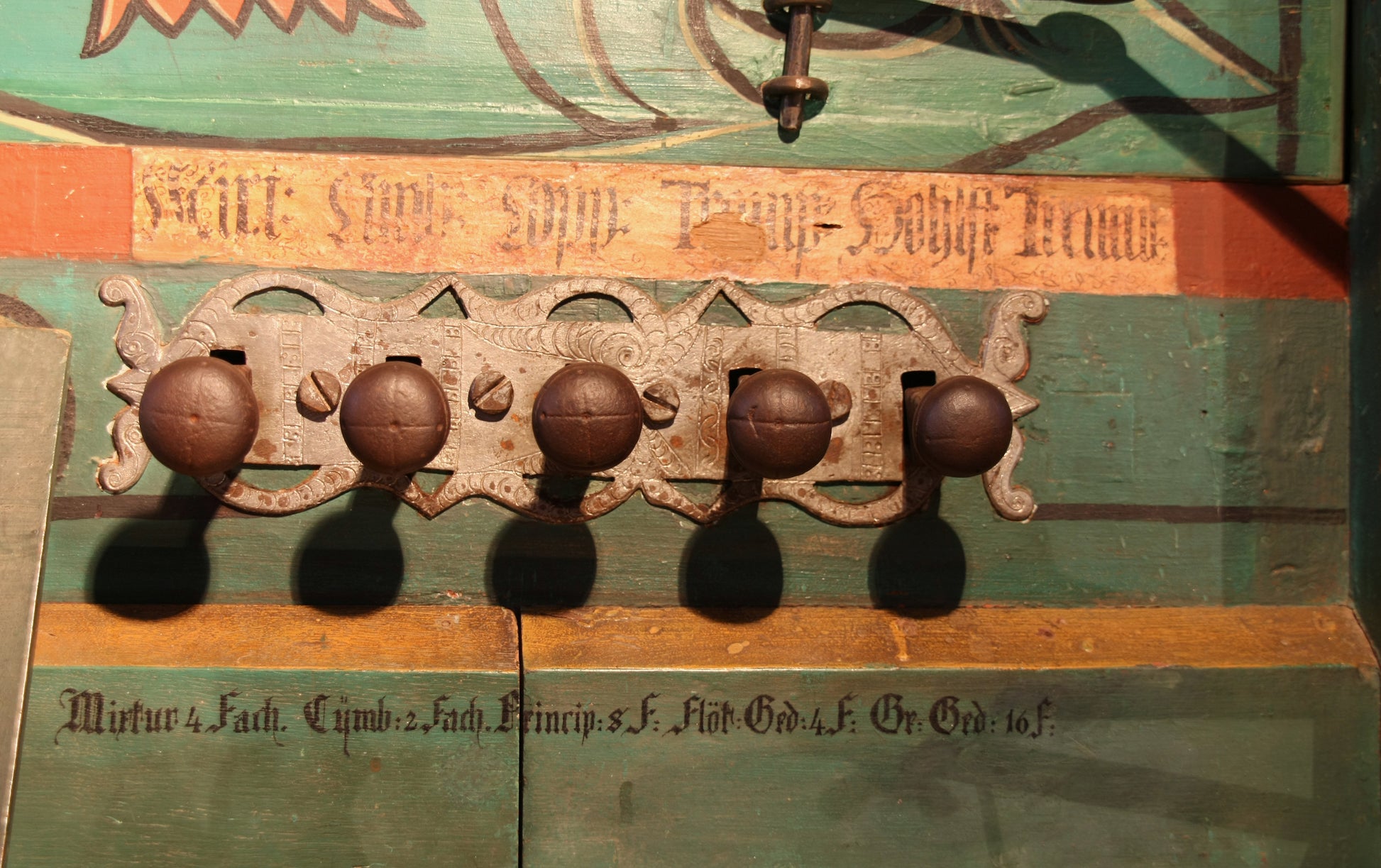
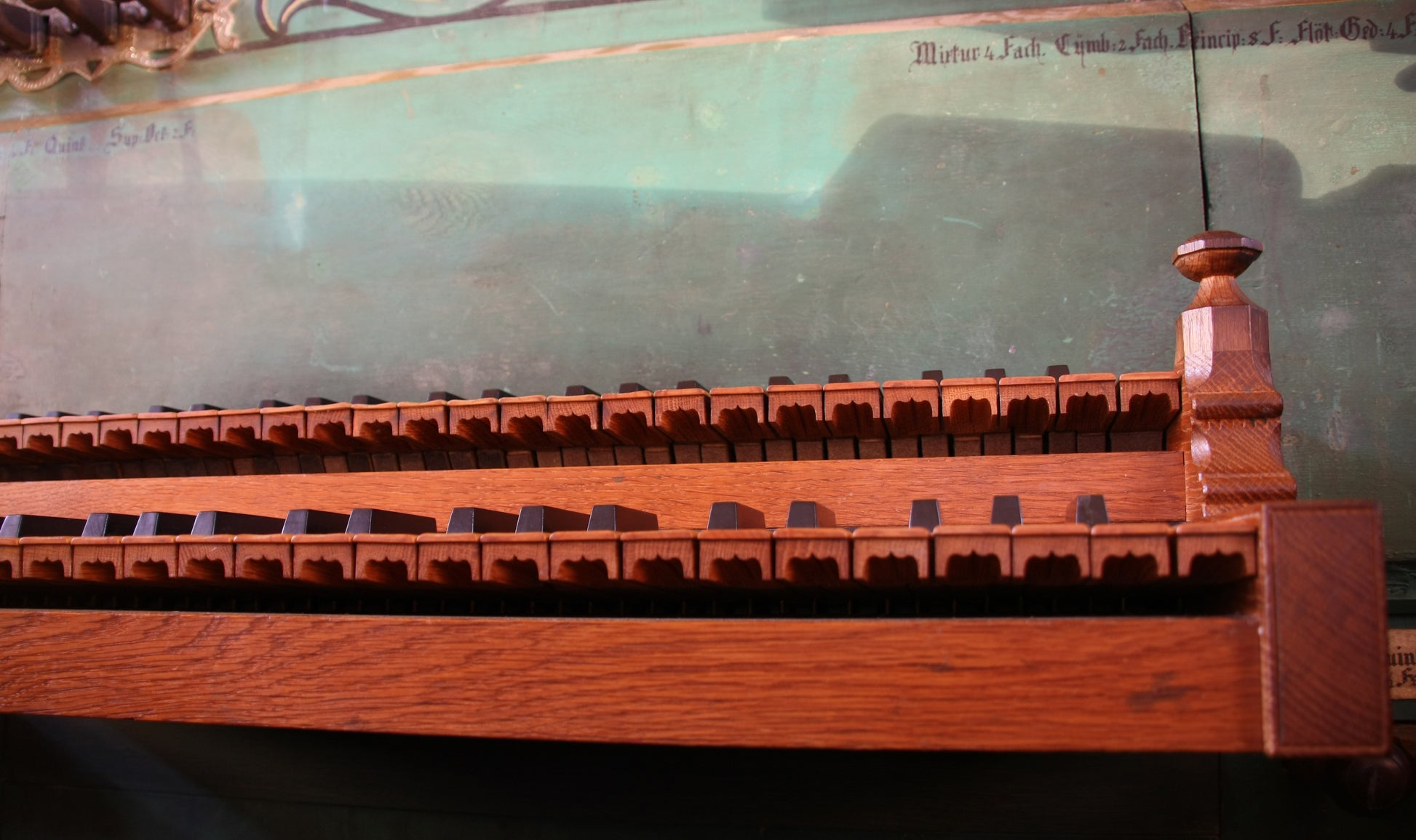

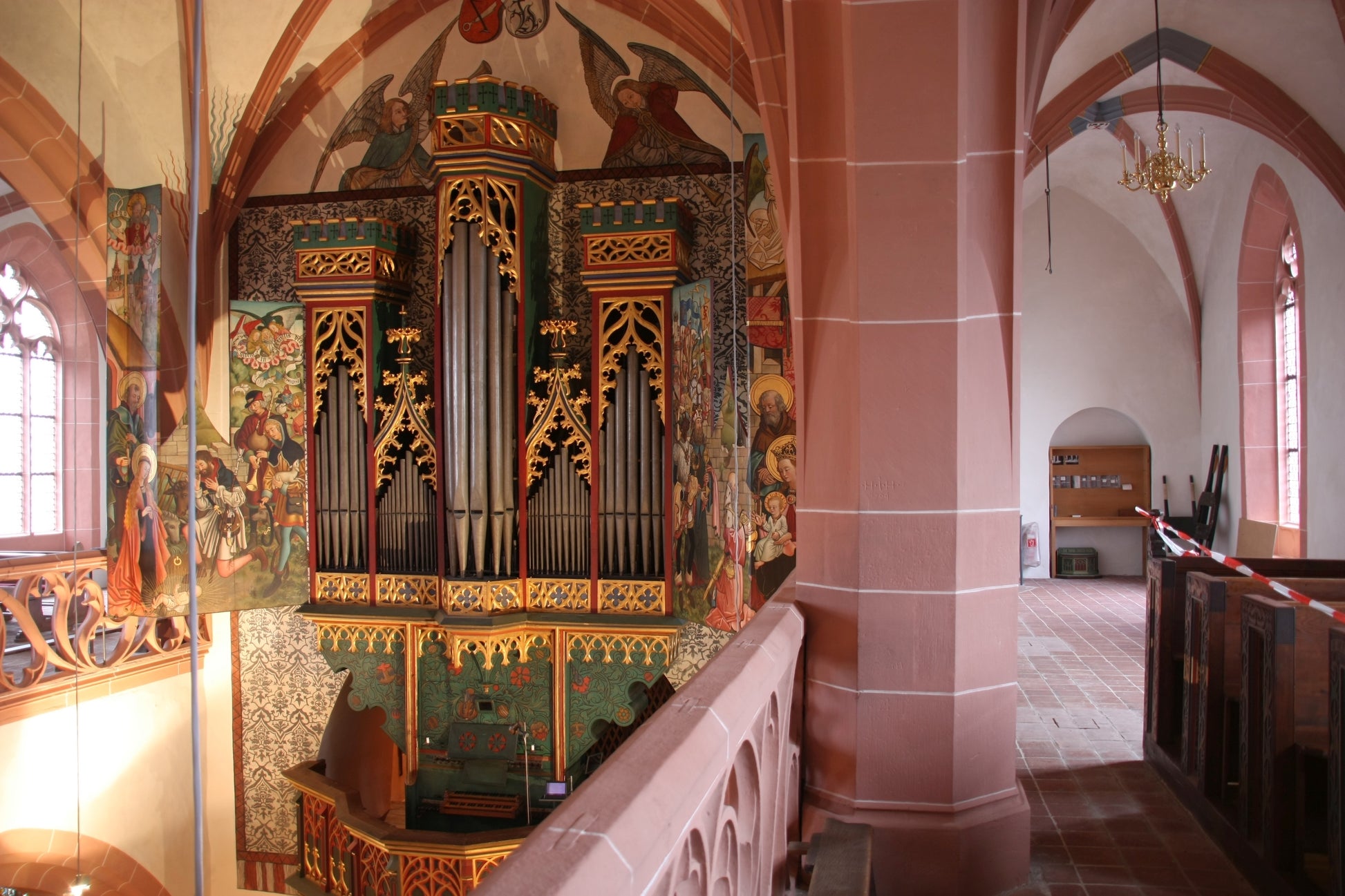
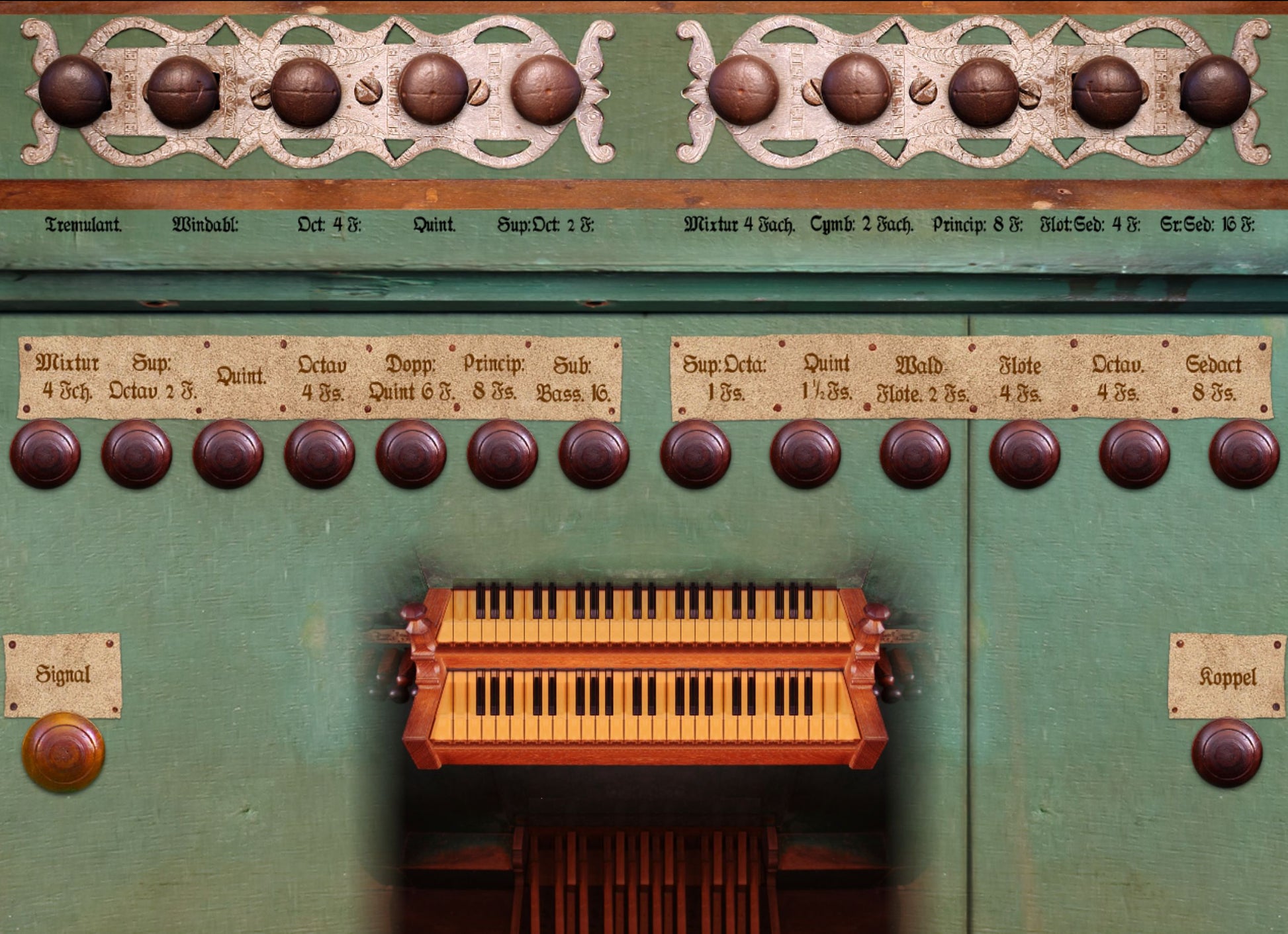
![Casavant, 1995 [Obra Principal]](http://artful.shop/cdn/shop/files/ss_casavant1.jpg?v=1693319885&width=533)
![Bückeburg, 1997 [Obra Principal]](http://artful.shop/cdn/shop/files/ss_bueckeburg1.jpg?v=1692967628&width=533)
![Schwerin, Dom, Ladegast Organ 1871 [Hauptwerk]](http://artful.shop/cdn/shop/files/ladegast1.jpg?v=1759140126&width=533)
![Segóvia, 1772 [Obra Principal]](http://artful.shop/cdn/shop/files/ss_segovia1.jpg?v=1714213906&width=533)
![Reuter, 1928 [Obra Principal]](http://artful.shop/cdn/shop/files/ss_Reuter1.jpg?v=1693321024&width=533)
![Roterdão Hoofdorgel, 1973 [Hauptwerk]](http://artful.shop/cdn/shop/files/ss_RotterdamMain1.jpg?v=1693279529&width=533)
![Groningen, 1450-1740 [Obra Principal]](http://artful.shop/cdn/shop/files/ss_Groningen1.jpg?v=1693275425&width=533)
![Frankfurt a.d. Oder, 1975 [Obra Principal]](http://artful.shop/cdn/shop/files/ss_frankfurtoder1.jpg?v=1692974219&width=533)
![Piacenza, 1838 [Obra Principal]](http://artful.shop/cdn/shop/files/ss_piacenza1.jpg?v=1693003521&width=533)
![Lüdingworth, 1683 [Obra Principal]](http://artful.shop/cdn/shop/files/ss_luedingworth1.jpg?v=1692998051&width=533)